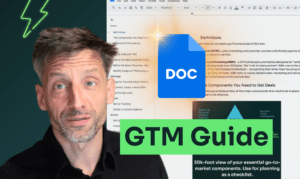Concepts around B2B growth are confusing. We get it.
Every couple of weeks an award winning marketing guru comes up with yet another exciting and uniquely different (the irony) marketing concept that promises you the goldmine to get to the low-hanging fruit by building synergies and aligning silos.
Phew. That was a mouthful.
So, we created a no-nonsense marketing framework that tells you everything you need to know about GTM in the most BS-free way. Yes, it’s another framework, but this one is simple and actionable. Pinky promise.
Introducing the GTM Wedge.
Sounds like another one of those marketing jargons, but it’s not. We didn’t create it out of thin air, it’s something we’ve perfected over many moons and is inspired by multiple other resources in the niche and even outside of the world of marketing & sales.
This isn’t the perfect model, and it sure isn’t for everyone. But if you’re in the sweet spot, this is THE model for you.
What’s the sweet spot? Great question.
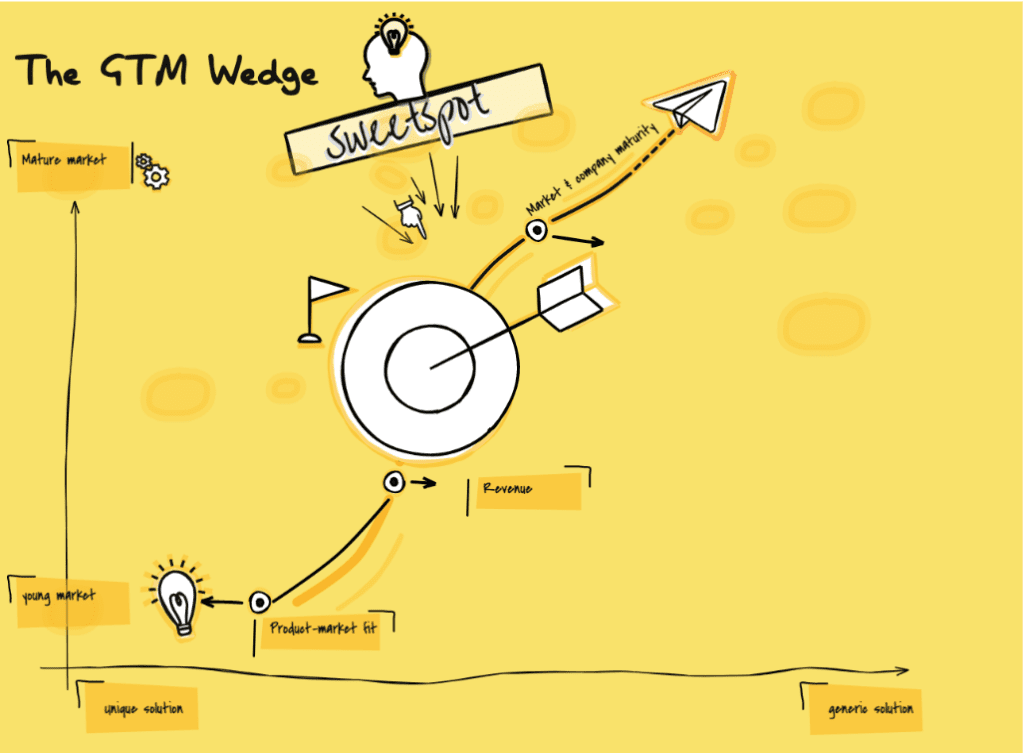
Someone with a somewhat innovative solution, in the post product-market fit and post revenue stage in a moderately mature market is in the “sweet spot”. But if you’re a B2B SaaS company selling an all-inclusive CRM solution, or if you’re the next big breakthrough in a young market selling hyper specific software that serves one use case, this probably isn’t for you.
A wedge essentially is a triangular tool that you can shove into a huge piece of wood to split it and/or keep it apart. It’s simple, small and handy. Hence the name.
Let’s dive in:
If you’re looking to implement this, you need resources. Manpower, money and machines (well, tools, but the alliteration was absolutely necessary). Nothing crazy, but enough to run a few advertising campaigns.
GTM Wedge Overview
We’ve divided everything that goes into growth, revenue marketing and going to market (GTM) into 4 components.
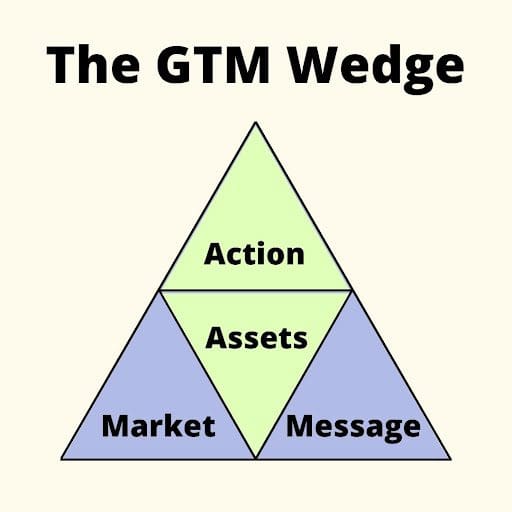
- Market:
You start with markets. This answers the question ‘Who are you talking to?’
You can have the perfect product, the new best thing in your niche. But nothing can replace the importance of finding your ideal market.
Market relates to finding out everything about your market(s), including your ICP and market message-fit. This’ll help you understand what your customers are looking for and how you can help them get there. You’ll have to map out the information needs of your customers and create personas. It’s important to get rid of the fluffy, ‘on paper’ personas that don’t exist IRL.
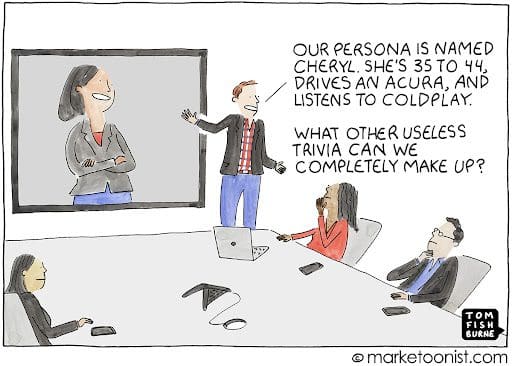
2. Message:
You need to figure out the words, phrases and sentences (messaging) that appeals to your ICP. This section includes positioning, core messages and brand narrative.
Your messaging should change according to who you’re selling to. 55 y.o healthcare software buyers don’t talk the same way 30 somethings marketing automation software buyers do.
Positioning isn’t really about what you want to be portraying yourself as for the next 10 years, it’s got more to do with how you can solve customer problems right now. It’s a lot more about your clients and customers than it is about you.
As April Dunford puts it, “Positioning is the act of deliberately defining how you are the best at something that a defined market cares a lot about.”
Ideally, you want to be revisiting your ICP and positioning every few months (or at least once a year) to understand how you’ve grown and fix what needs fixing.
Core messages don’t dictate everything you do, but should ideally be a part of everything you do. Marketing, customer success, product and sales should be aligned on these — marketing tells the audience design flexibility is your USP, customer success stresses on ease of use, sales thinks its functionality and product designed it to be all-inclusive. The key is to be consistent and not confuse your customers.
Tip: Skip 21:00 to 21:20. Thank me later 🙂
Brand narrative is your story about how you can help your customers. This details how exactly you get your customers from point A (where they absolutely do not want to be) to point B (the ideal way of being). Again, it is not a story about how awesome you are. You are not the hero here.
Show them how you can help, what happens when you help them, what happens if you don’t and paint a clear picture of the end result.
3. Assets:
Anything that can be shoved under the umbrella of marketing collateral/material/content fits here. Its scope is too wide to simply be called content but content sure is a part of it. Assets include your content, community and intelligence.
Eventually, you should consider starting a community. Your best people can leave, your product can be replicated, but nobody can take away the community you built.
Dan Zsolt Rényi
Community can also get you honest feedback for free (and sometimes it’s even unsolicited). Content, of course, is also an important part of creating assets. Creating a content creation mechanism can help you push out unique content that relates to your messaging, fast and effectively.
In terms of intelligence, recent concerns about privacy are pushing third-party data into the not-so-popular box. Zero party data that you can collect with your customer’s consent is fresh and accurate, and most importantly, a lot more valuable.
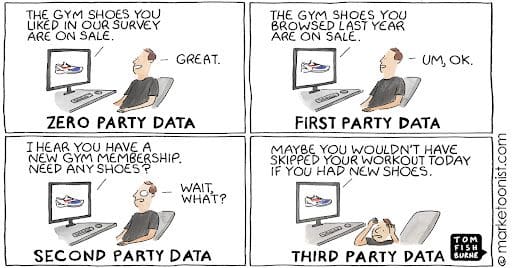
4. Action:
This part makes up the wedge in the ‘GTM wedge’. Most marketing teams stop at assets, but we recommend taking the full funnel approach — warm-up, activation, nurture, and lead capture.
This is the execution of everything else discussed above.
Warm-up campaigns help you, (no points for guessing) warm-up your customers and introduce them to you. Activation campaigns can help you draw attention to your product without being in-your-face salesy about it.
Further down, nurturing will help you stay in touch with your audience and capturing will help you close the deal when the time comes. Life would’ve been easier if this was a linear process, but leads move up and down the funnel all the time. So, staying in touch and constantly nurturing them is the key here.
Conclusively, no company has every single one of these components down. We don’t either. It’s a long process that needs to be built from the ground up.
The good news? That can be changed. If you’re unsure where you are with each one of these components, we have a comprehensive assessment coming up really soon.
P.S: I was inspired by the book ‘Essentialism – the disciplined pursuit of less’ by Greg McKeown. It’s a good read and I’m sure you’ll like it too.
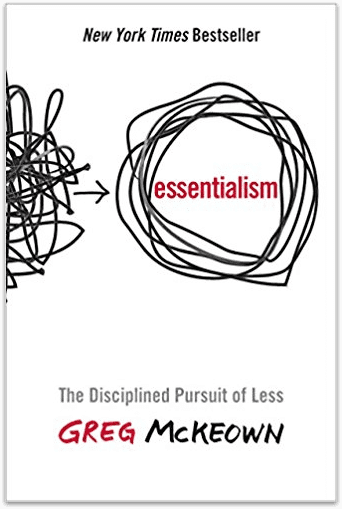
Related Posts
- The simple B2B growth-marketing play - ep 3
Can you have success with almost zero marketing? Some believe it’s possible. Up to a…
- Better account-based marketing with digital events - ep 1
Webinars have been the thing for quite a few years. In Episode 1 of our…
- SDR superpowers for account-based marketing - ep 8
Be'Anka Ashaolu, VP of Marketing at Propel and Dan from Klear dive-into some exciting parts…

